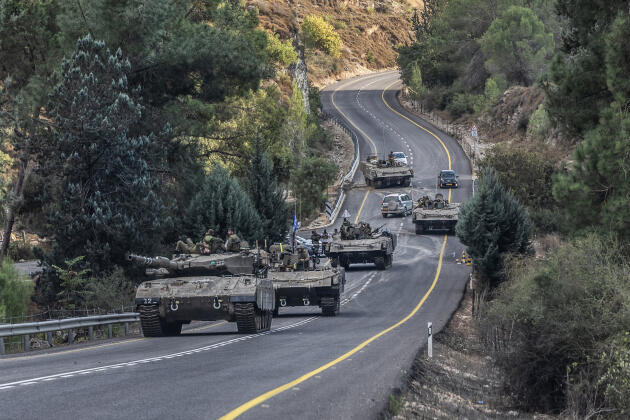Saddam Hussein’s execution and the sanctions imposed on Iran as catalysts for regional instability
Former Iraqi dictator Saddam Hussein was executed by hanging on 30/12/2006. The execution was supervised by representatives of the current Iraqi government and was led by representatives of the American forces in Iraq. Saddam Hussein ruled Iraq between the years 1979 – 2003 and was considered to be an especially cruel ruler. He implemented violent repression and responded with executions for every attempt to harm him or his regime.
Saddam Hussein was captured by American forces several months after the onset of the war in Iraq while he was fleeing for his life and hiding in an underground shelter only several kilometers away from his region of birth in Tikrit. Saddam’s well-publicized capture and the way the dictator was treated by the American forces created a broad wave of protest amongst Sunnis in Iraq and abroad.
Saddam’s trial began several months later after the Americans handed him over to the representatives of the Iraqi government. Saddam contested the legality of his trial several times during the proceedings and claimed the court did not have the authority to judge him since, as he noted in his provocative manner, he is still the leader of Iraq. Additionally, Saddam used his connections in order to eliminate prosecution witnesses, prosecutors and relatives of the judges during the trial.
While Saddam’s trial moved forward and the Americans continued their presence in Iraq, the wave of violence against them increased, as well as the violence between the Shiites and the Sunnis. This outburst of violence brought about the death of thousands, both from the American forces and amongst the Sunnis and the Shiites.
The execution’s influence on the regional arena
Saddam Hussein’ execution on Saturday, 30/12/2006, was a catalyst for instability between the Muslim factions in general, and especially in our area. This reality could ignite the Shiite factions around the world due to the high probability that Sunni forces will attempt to strike at Shiite forces in the near future in order to exact revenge, which they believe is justified due to Shiite involvement in Saddam’s execution and their desire to “liberate Iraq”.
The sanction the UN Security Council imposed on Iran in the recent past, which constitute political pressure on the Shiite state, should also be taken into account.
The combination of these two factors: political pressure on the Shiite state of Iran and the forecasted pressure against Shiites in Iraq might lead to “blowing off steam” in an arena more favorable both for the Iranians and for the Iraqi Shiites – Lebanon.
Summary and assessment
It is possible that real manifestations of this instability will be realized after the Feast of the Sacrifice and the culmination of the mourning period amongst Saddam supporters. The coming weeks might be weeks of regional instability. The combination of these events, alongside the sanctions imposed on Iran, create the ideal scenario and timing for violent actions both in the near future in Iraq, but also on Israel’s northern border






